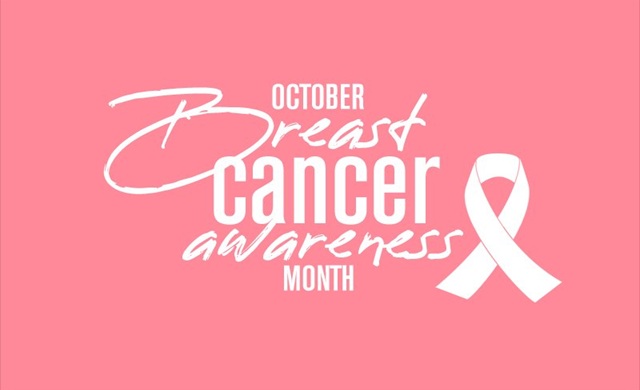LIVING HERE
Maxwell Mansion in Lake Geneva is widely considered one of the most haunted places in Wisconsin.
The stories to go along with that are endless. Built in 1855, Maxwell Mansion has a long history that contributes to its reputation as one of America’s Most Haunted Bars and a historically significant site for paranormal activity. The Maxwell Mansion was built by Dr. Philip Maxwell and was the first mansion in the area, quickly becoming a social hub for Chicago’s elite. After Dr. Maxwell’s death, the mansion changed hands several times, hosting notable guests like Ulysses S. Grant and a young Nancy Davis, who later married Ronald Reagan.
Today, the Maxwell Mansion is a boutique hotel and event venue featuring luxury hotel rooms, the Apothecary Bar, a speakeasy, extensive gardens with outdoor fireplaces, a heated pool, and bocce ball courts. They also continue to host many from the past with ties to the property. The most specific reported activity of a previous guest is the ghost of a young boy named Danny, who is said to have died of scarlet fever. Danny is said to haunt the Grant Suite, with reports of objects moving and the feeling of being tapped on the shoulder. Visitors have reported that if they ignore Danny, he may get bored and leave. However, if they show a reaction or fear, he may try to play tricks on them, like pulling on their pant leg or blowing a whistle.
Guests and staff at the historic mansion have reported various unexplained experiences, including cold spots, doors opening or closing by themselves, and objects moving inexplicably. People have heard inexplicable noises, like footsteps or voices, and even strange smells within the mansion. With Halloween quickly approaching, it’s a great time to experience the abnormal activities of Maxwell Mansion. Stop by one of their bars or register for the American Ghost Walk Tour that will guide you through different haunted locations throughout downtown Lake Geneva.
October is National Breast Cancer Awareness Month.
This initiative is an annual global campaign to raise awareness about breast cancer, promote early detection through screenings, and support those affected by the disease. The month also serves to honor those lost to the disease and to support ongoing efforts in breast cancer research, prevention, and treatment. The pink ribbon, a global symbol of hope and action, has become the symbol of breast cancer. This tradition began with the distribution of pink ribbons by Susan G. Komen, who serves to raise funds for research, celebrate survivors, encourage early detection through screenings, and show support for those affected by the disease. One in eight women will be diagnosed with breast cancer in her lifetime. That’s one person every 2 minutes in the U.S. Knowing your family history is lifesaving.
Talk to a doctor about your family history and see how that history impacts your risk of breast cancer. You and your doctor can create a personalized plan to monitor for signs of the disease. For those at average risk, have a mammogram every year starting at age 40. If you have any signs of breast cancer, finding it early and treating it early may save your life. Breast cancer screening and early detection play an important role in your health. Screening tests can help find breast cancer at an early stage when the chances of survival are highest.
This month is a great time to join walks, runs, or fundraising events to help bring awareness to breast cancer research and to help raise money. You can also wear a pink ribbon throughout the month to show your support.









